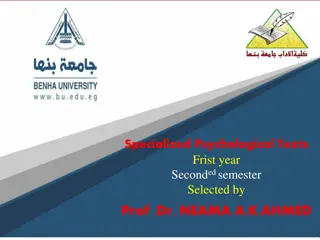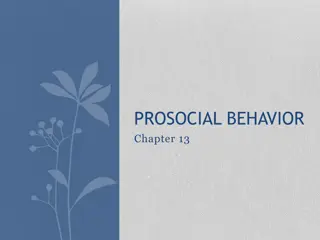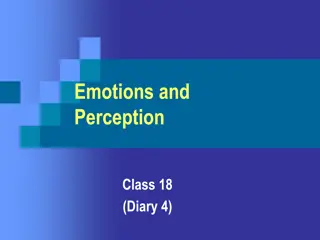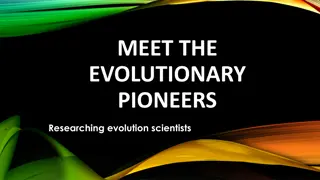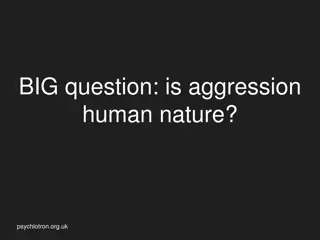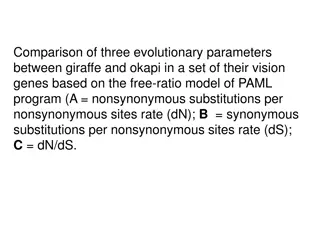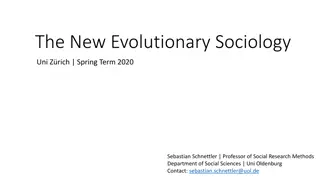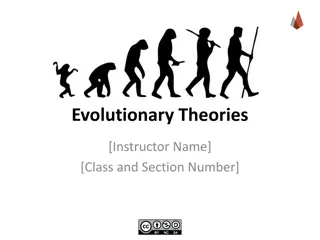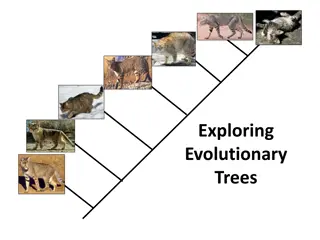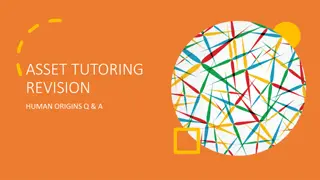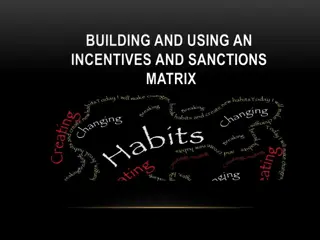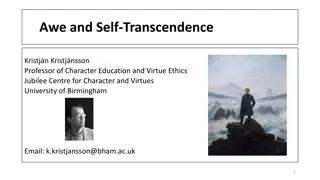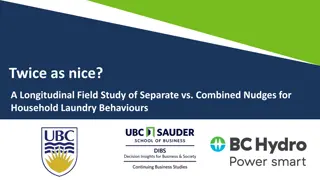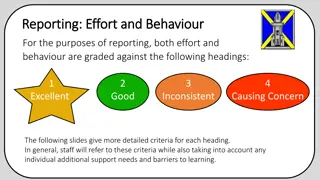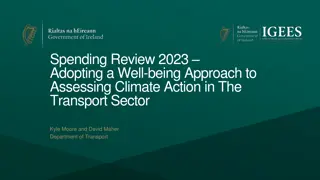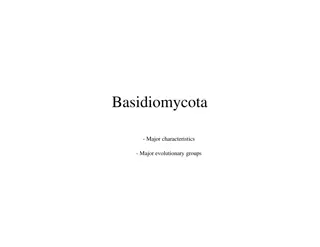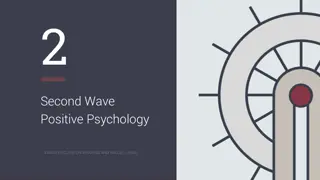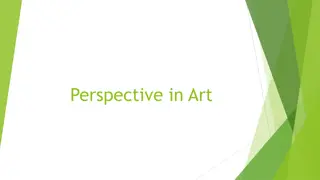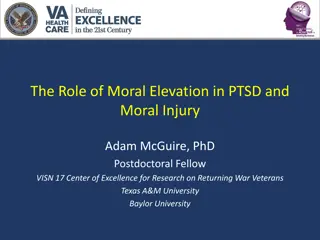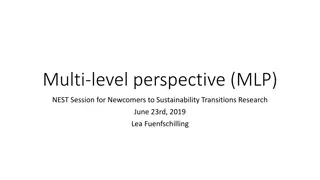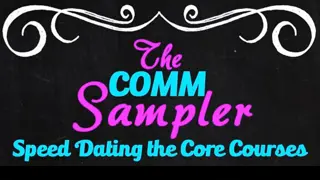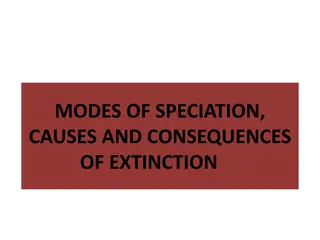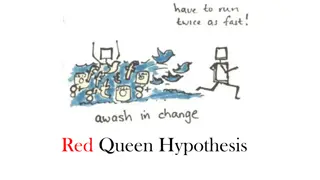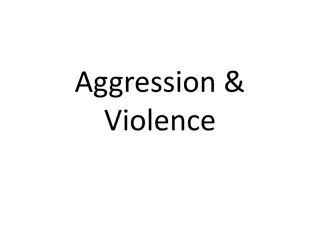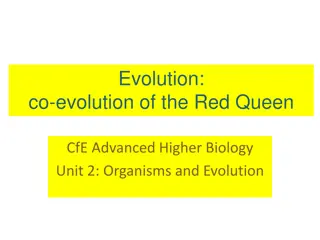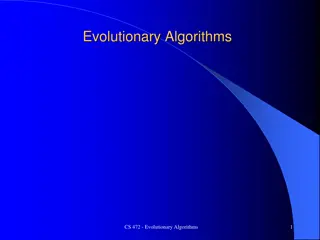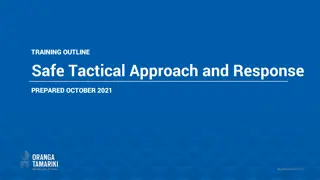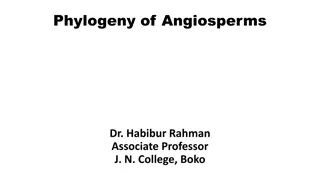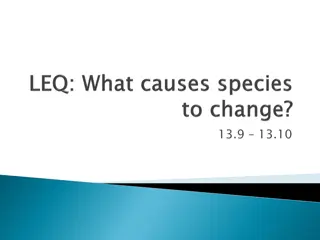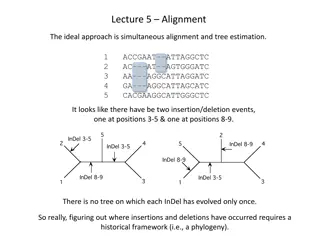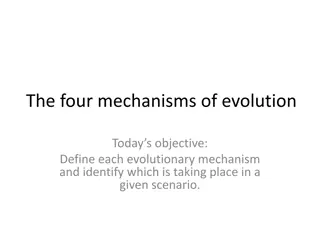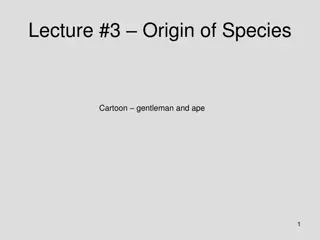Understanding Prosocial Behavior and Well-Being: An Evolutionary Perspective
Exploring the concepts of prosocial behavior, altruism, and well-being from an evolutionary standpoint, this content delves into the roots of these behaviors, genetic influences, and neurobiological structures associated with them. It also discusses ways to increase well-being using different approaches such as happiness, meaning in life, and psychologically rich life.
Download Presentation

Please find below an Image/Link to download the presentation.
The content on the website is provided AS IS for your information and personal use only. It may not be sold, licensed, or shared on other websites without obtaining consent from the author. Download presentation by click this link. If you encounter any issues during the download, it is possible that the publisher has removed the file from their server.
E N D
Presentation Transcript
History http://ppc.sas.upenn.edu/ What is it?
Happy life Meaningful life Psychologically rich life
Happiness: SWLS: http://labs.psychology.illinois.edu/~ediener/SWLS. html PA-NA: https://ogg.osu.edu/media/documents/MB%20Stre am/PANAS.pdf Meaning: http://www.michaelfsteger.com/wp- content/uploads/2012/08/MLQ.pdf Psychologically rich: In article
https://worldpopulationreview.com/country- rankings/happiest-countries-in-the-world
How does this differ from Oishi and Westgates (2021) approach? How do they define hedonic and eudaimonic? What do they mean by goal ? What is the difference between personality traits and characteristic adaptations, and why does it matter?
What do you think of their definition of psychopathology? What should this type of well-being be related to (personality, situation, etc.)? How would you measure well-being using this approach?
How would you increase well-being using each approach? Happiness Meaning in life Psychologically rich life Cybernetic value fulfillment theory
What is prosocial behavior? Altruism? Do animals show prosocial behavior?
Evolutionary roots Kin selection Reciprocal altruism Signaling theory Neuro structures Neural structures, mirror systems, oxytocin Genetic influences
Egoistic reasons Negative state relief model (Cialdini et al., 1973) Arousal: Cost-reward model (Piliavin et al., 1981) Empathy-altruism model (Batson, 2011) Paradigm Manipulation of empathy Costs and benefits of altruism 90 80 70 60 50 Series1 40 Series2 30 20 10 0 1 2
Development Temperament Socialization Social/cognitive development Attachment/Relationships
Gender Agreeableness (Graziano et al., 2007) Penner Prosocial Personality Battery (Penner et al., 1985) Other oriented empathy Social responsibility Empathic concern (Davis, IRI) Perspective taking Other-oriented reasoning Mutual-concern reasoning Helpfulness Personal distress Self-reported helpfulness
Presence of others Clarity of situation Costs vs. rewards
Why do people think theyll help more than they do? Why do people underestimate others effects on their helping?
Social influence (pluralistic ignorance) Audience inhibition Diffusion of responsibility
Latan & Rodin results Alone w/Confederate Two strangers Two friend intervening % pairs intervening 70 7 23 45 91 14 40 70
Condition (In %) Alone Process Help rate None 95% No contact DR 84% Seen by other DR & AI 73% See other person DR & SI 73% See and be seen DR,AI,SI 50%
Latan, Harton, Bourgeois, Rockloff Condition Process Alone None Back to Back DR Participant faces the confederate s SI + DR back Confederate faces the participant s AI + DR back Face to face SI + AI + DR
100 90 80 70 60 50 40 30 20 10 0 1 2 3 4 5
Examples of other studies What factors affecting helping? 70 60 50 40 30 20 10 0 1 2 3
What did they do in this study? Do you agree or disagree with the tweet below?
See Table 2, Levine et al., 2001: http://www2.psych.ubc.ca/~ara/Manuscripts /Levine%20et%20al%20helping.pdf Why?
How does it differ from other types of helping? What leads people to volunteer? Differences by country
Aggression and rejection Chapter Culture of honor Gun violence Ostracism Then after Thanksgiving presentations and papers!


